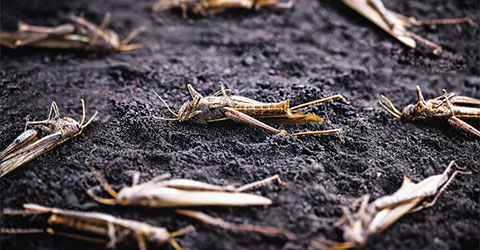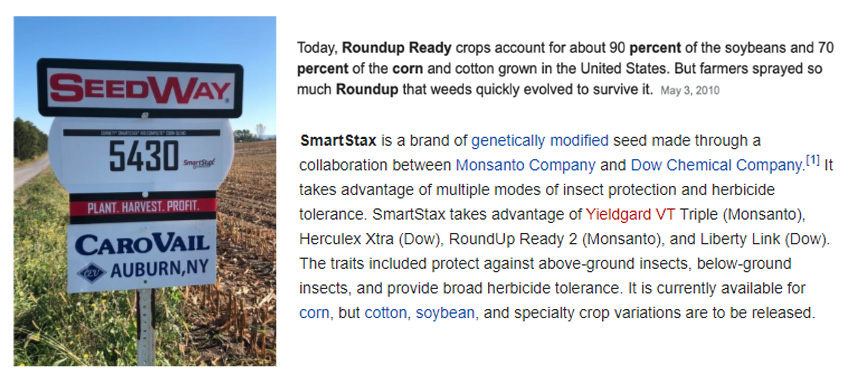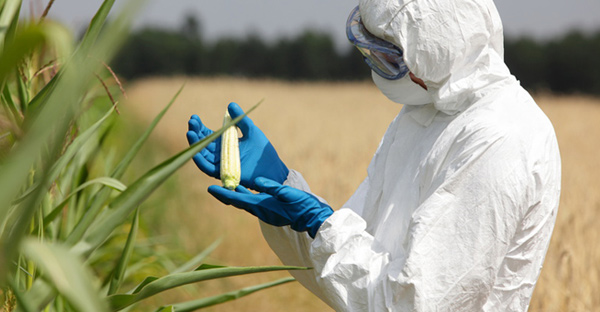

I just returned from a walk with my wife, Karen, along a nearby rural road through some farmland. This is the life I know best and cherish the most, but unfortunately, it is under threat. I cannot help but see many disturbing signs.
Growing up on a farm, I spent a great deal of time walking along dirt roads, lanes and fields. That was life, and not only mine, but also the countless lives around me—swarms of grasshoppers flitting about, birds singing, and, if at dusk, fireflies lighting up the way and frogs and crickets chortling. Among the vibrant smells of the grasses and trees, often unique for different areas, we all moved together.
These are not separate crises: they are all interconnected, tethered to an insatiable demand for dietary protein.
Today, these roads seem quieter, less alive. The nearby fields are dominated by unusually straight rows of corn and grains, usually without a weed in sight. The nearby dairy farm is not the kind of family farm I once knew, where 15–20 cows were put out to pasture after milking was done. No—this farm consists of about 7,000 cows, 75–100 workers from Guatemala, last I heard, and a few thousand acres of corn, grain and alfalfa. The fields are uniformly expansive and the cows uniformly confined. They are locked in massive barns, or rather factories, where they sniff what little outside air they can and pour out the milk 2–3 times a day for the 3–4 years of their peak production. Then it’s off to market to serve up their meat. The primary product of this farm is not nutritious food, but massive profit.
This transformation is very personal to me. What’s happened? How did we arrive to this Brave New World, highly mechanized, organized and streamlined to increase efficiency of milk and meat production? “Farming” today is all about economy of scale, return on investment, and maximizing efficient production. This technologist utopia and the “get big or get out” logic of modern agribusiness is propped up by taxpayer-funded government subsidies. And what do we get for it? Are we healthier as a result of this mass production? We pay money, through subsidies, for our sickness, then become customers for the needed pills.
I could go on, and will, I hope, with occasional articles over the next few months until my new book is published (with Nelson Disla). This book is about how our crises of food, health, medicine and corruption are all connected, and it draws on my experiences of more than six decades doing experimental research, lecturing to the public, teaching in academia and helping to write food and health policy. It’s a book about the science of nutrition, which is the biological expression of food. It answers the question—why is nutrition so misunderstood by the public and ignored by the professions of healthcare? The story begins with history, well over two centuries ago. It is not simply about “follow the money”—that’s a rather superficial excuse that too easily dismisses a more meaningful explanation—but it is about corruption. It’s as much about invisible, taken-for-granted corruption as it is about blatant corruption, and it’s about corruption historically entrenched, “scientifically” enforced, and industry mandated.
It is only by understanding nutrition—honestly, fundamentally—that we will reach a better understanding of how food, health and a broad spectrum of environmental issues are connected. This “better understanding” requires radical reformation. Presently, information on nutrition is controlled so as to ensure wealth for the few at a cost of health for the many. By “many,” I mean animals (us, too!), plants and microorganisms—all the pieces of that thing we once called Nature.
As my wife and I walked along that road, I took a picture of a sign that tells so much. It advertises how to grow plants for harvest and profit with the help of a program called “SeedWay”, and a seed source called SmartStax (https://en.wikipedia.org/wiki/SmartStax). It offers “seven [genetic] levels of protection,” taking “advantage of multiple modes of insect protection and herbicide tolerance” by applying RoundUp-Ready herbicide to kill all “pest” life (animal and plant) above and below the soil line prior to planting the herbicide-resistant seed corn. Pretty deadly, it seems! How did we reach such a place? Are these not the tools of biological warfare hiding beneath the pretense of biological feeding?

Source: The New York Times May 3, 2010 article, “Farmers Cope With RoundUp-Resistant Weeds” and Wikipedia article “SmartStax”.
Of course, industry says it’s not so bad, but other sources of evidence say otherwise. It’s almost impossible to know how lethal such chemicals may be for other forms of life, including ourselves, in the long run. This, I do know: roadside grasshoppers and butterflies and worms and bees are suffering. Just in the short time of my life, I can hear the difference. The famous Cornell Ornithology Laboratory recently contributed to a report that finds a staggering 29% decrease in the bird population since 1970, recording findings right here where we walk, among other observation sites. Larks are down a staggering 67%. Countless other reports suggest the massive decline of wildlife populations, including the pollinators so critical to sustaining life as we know it.
Something is wrong on a social level, too. That big farm—factory—down the road where we were headed commands all the attention in our community. It leaves in its wake the barns of yesteryear. Hidden from view are the families who owned those farms with pride and dignity for generations. I know I wander now, but the evidence of something gone terribly wrong is easily seen in so many places in rural America. It is easily seen in our society, our environment, our health. These are not separate crises: they are all interconnected, tethered to an insatiable demand for dietary protein. I look forward to defending this reasoning in future articles and in the forthcoming book.

Main Image Credit: Gary Mueller, Macaulay Library at the Cornell Lab of Ornithology
Copyright 2025 Center for Nutrition Studies. All rights reserved.
Deepen Your Knowledge With Our
Plant-Based Nutrition
Certificate
Plant-Based Nutrition Certificate
- 23,000+ students
- 100% online, learn at your own pace
- No prerequisites
- Continuing education credits





